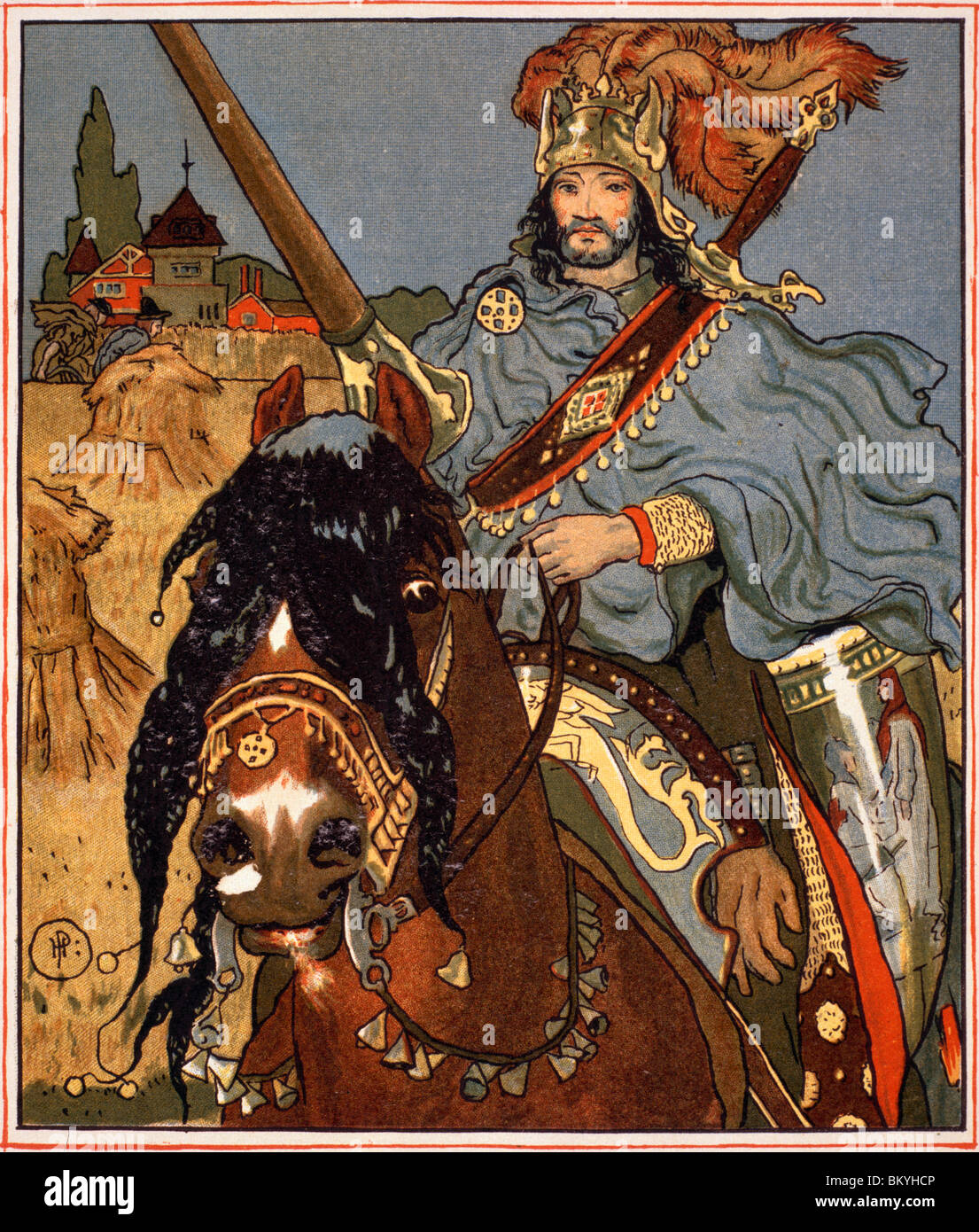


He wants to talk about his own immediate experiences, comment on history, politics, and humanity. Tennyson feels obliged to look for a subject matter outside the world of his own mind. The poem also appears to express the personal dilemma for Tennyson as an artist. Thus, the poem captures the conflict between the desire of an artist for social involvement and his or her skepticism if her act is viable for the one who is dedicated to art. When she sets her art aside and gaze down to the real world, she meets her tragic end and curse befall on her. There is a Lady who sings in a remote tower and wears a magic web that appears to represent the artistic isolation from the activity and bustle of life. The poem “The Lady of Shalott” is about the conflict between life and art. The charm of the poem is rooted in its elusiveness and mastery. The poem includes a reference to the Arthurian legend, and “Shalott” appears to be very close to “Astolat” in Malory’s work. However, the poem is similar to the story of the Maid of Astolat in Morte d’Arthur by Malory. Lord Alfred Tennyson claimed that he based the poem on an old Italian romance.

The poem was revised and published in 1942. This ambiguity regarding the scope of the Lady’s personal agency contributes to the difficulty of supporting any one particular thematic interpretation over another.The poem “The Lady of Shalott was originally written in 1832 by Lord Alfred Tennyson. What is unknown is whether the effects of the curse are isolated to the destruction of the Lady’s web and mirror, with her subsequent reaction being completely of her own choosing or whether the destruction of the web and mirror is simply the first stage in the onset of the curse, which will continue to control or influence the Lady until her death. Her weaving is destroyed, possibly thrown from the tower, and the mirror she has used to watch the world cracks through the middle she implicitly attributes these events to the onset of her curse. She sees the water lilies, Lancelot (as signified by his helmet), and finally Camelot itself. She then leaves her work, walks across her room, and looks outside. It is worth noting the specific sequence of events that occur in this section. The broad stream in his banks complaining, 120

His broad clear brow in sunlight glow'd 100 The sun came dazzling through the leaves, 75 Four grey walls, and four grey towers, 15


 0 kommentar(er)
0 kommentar(er)
